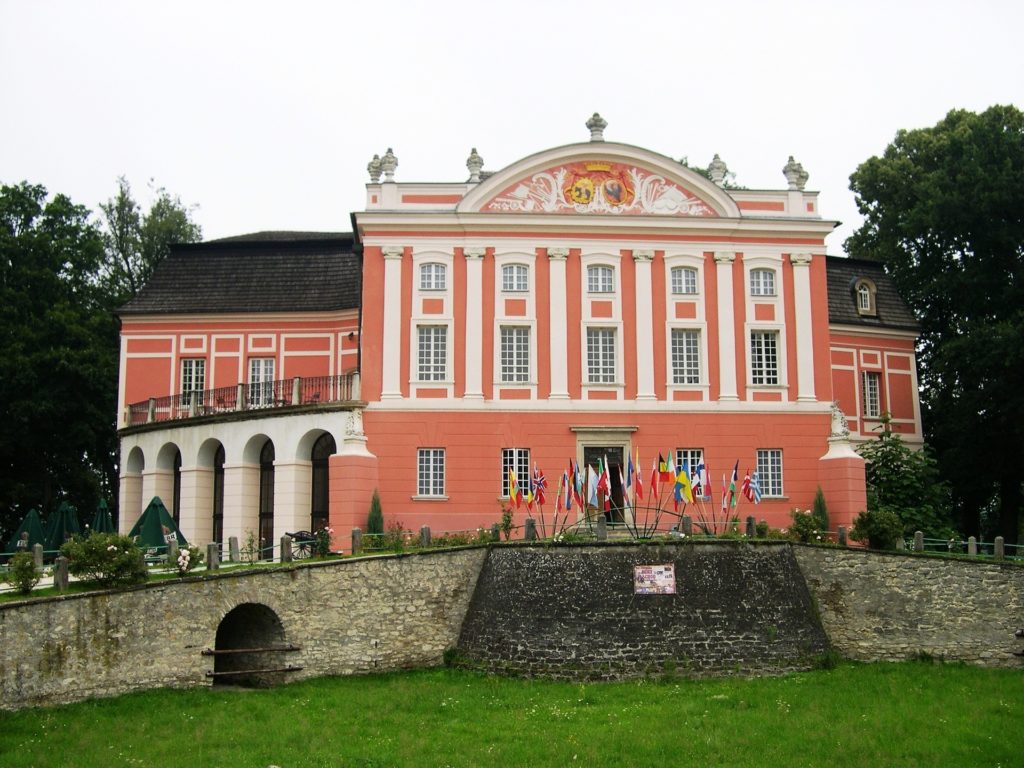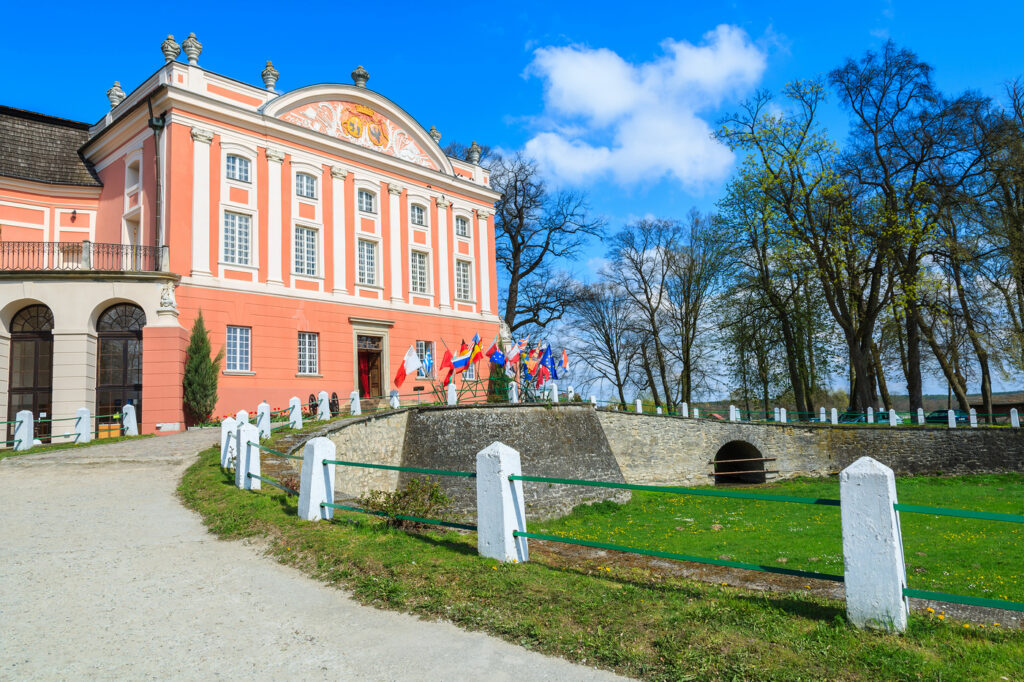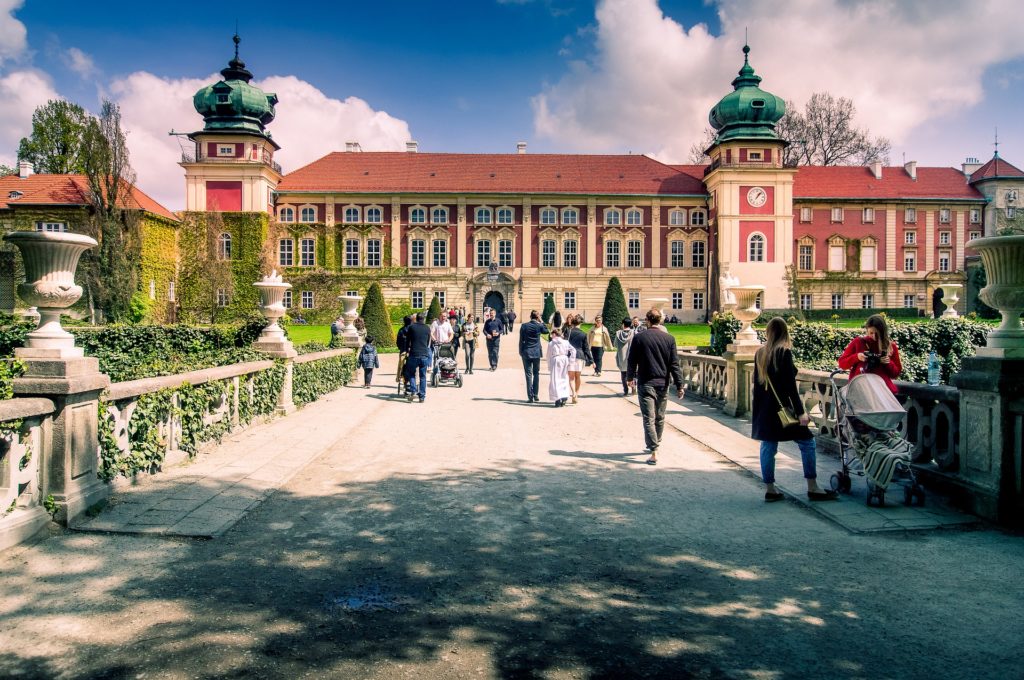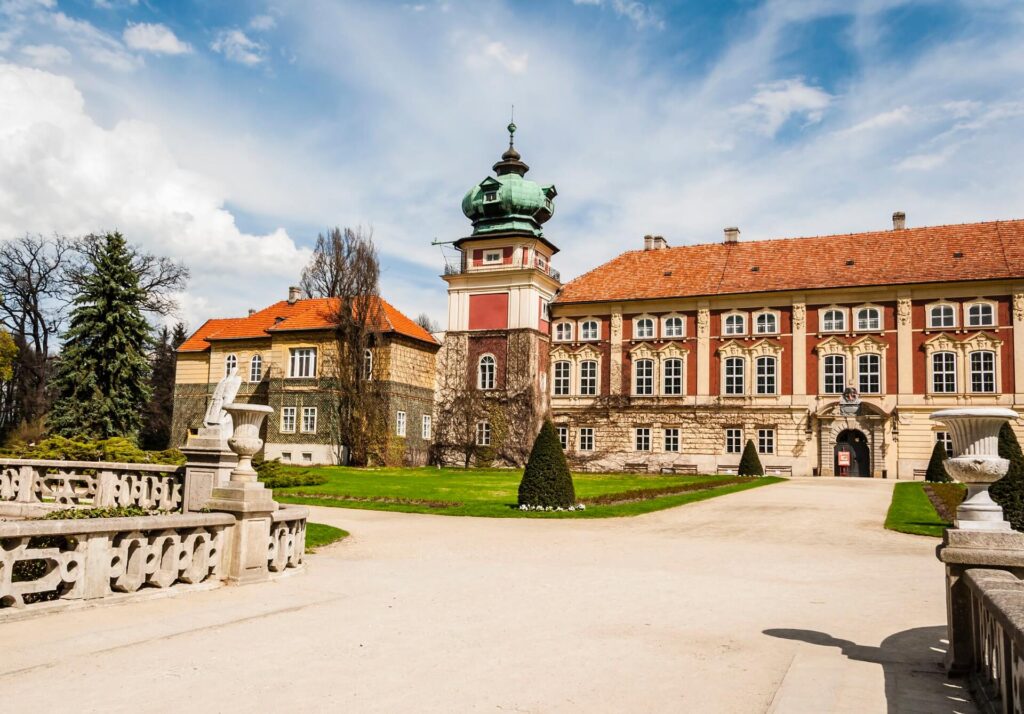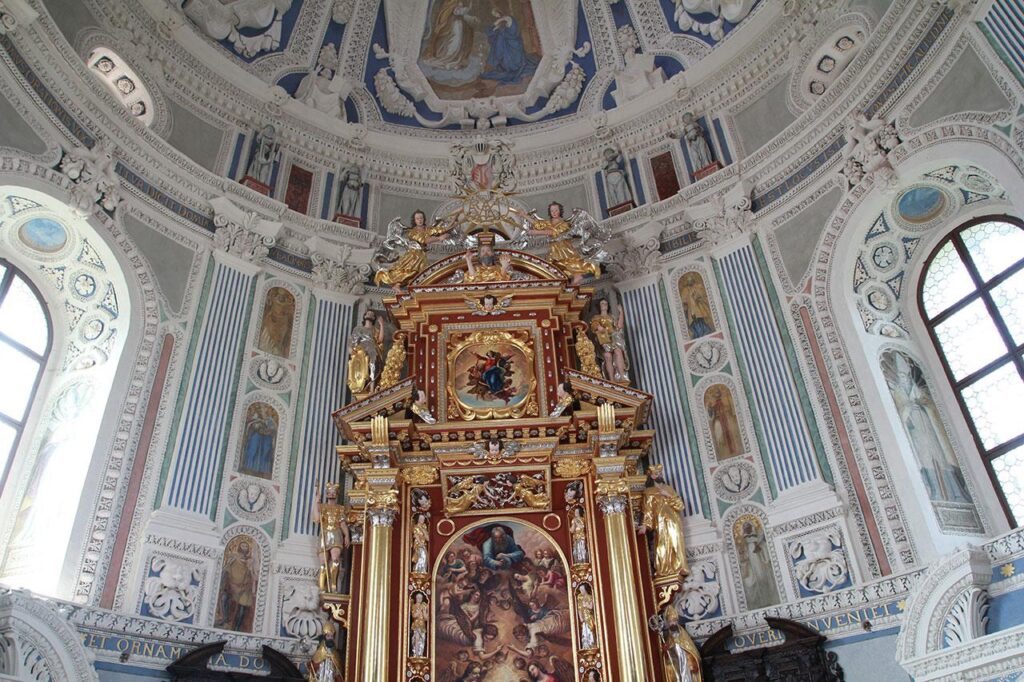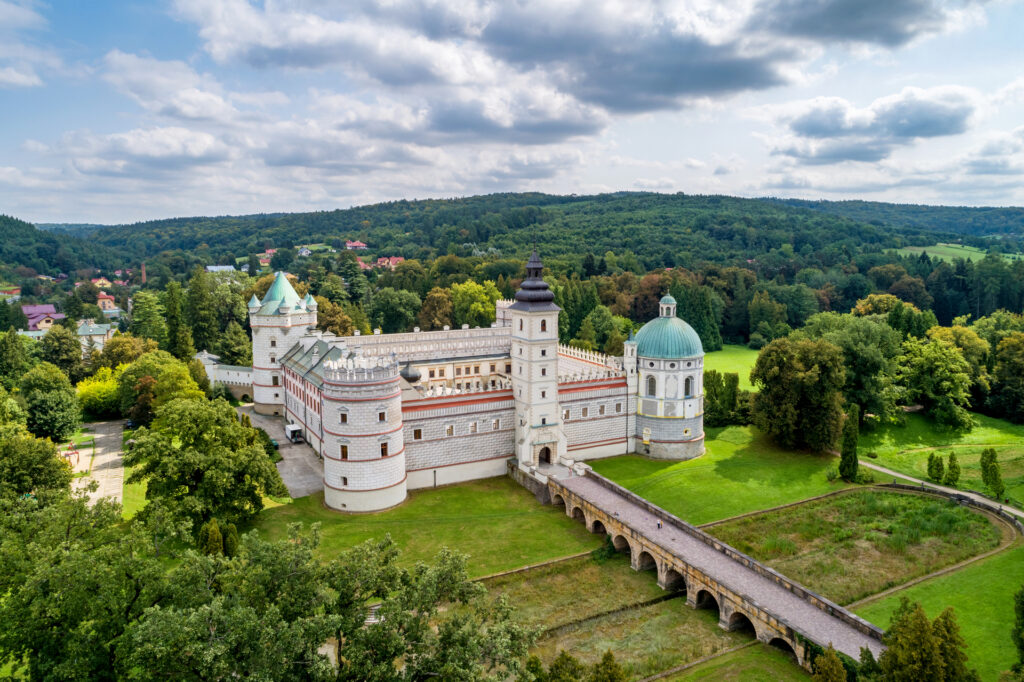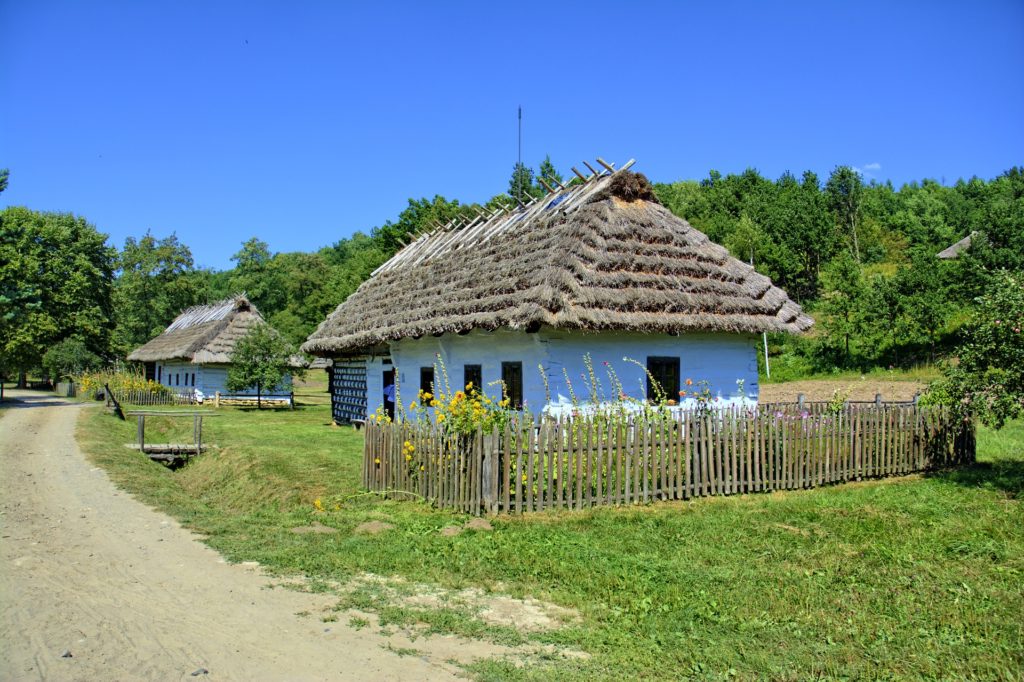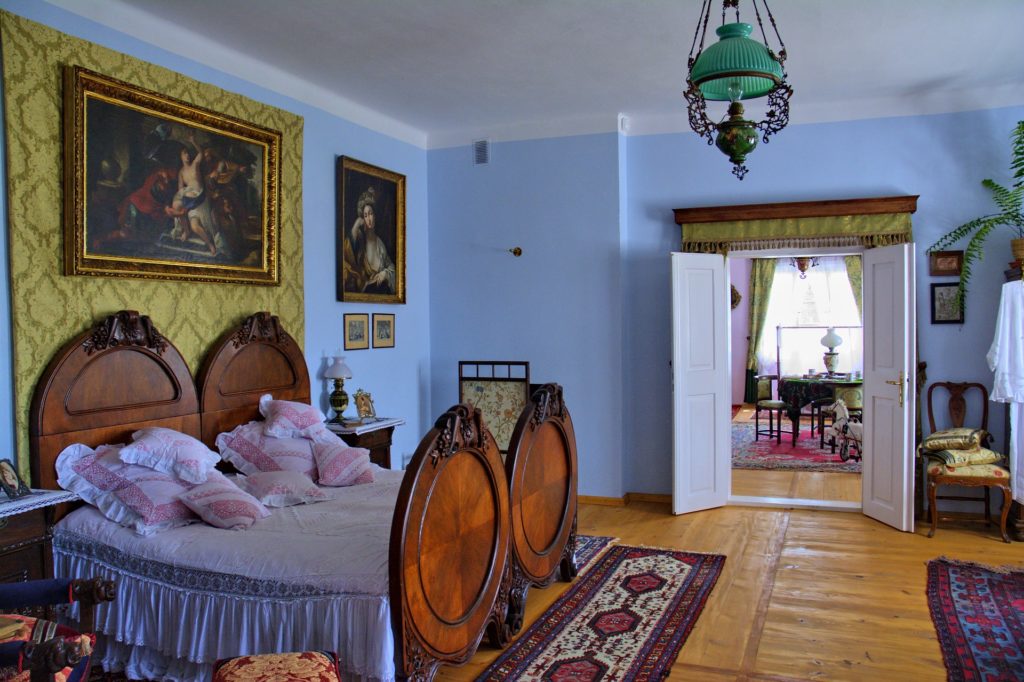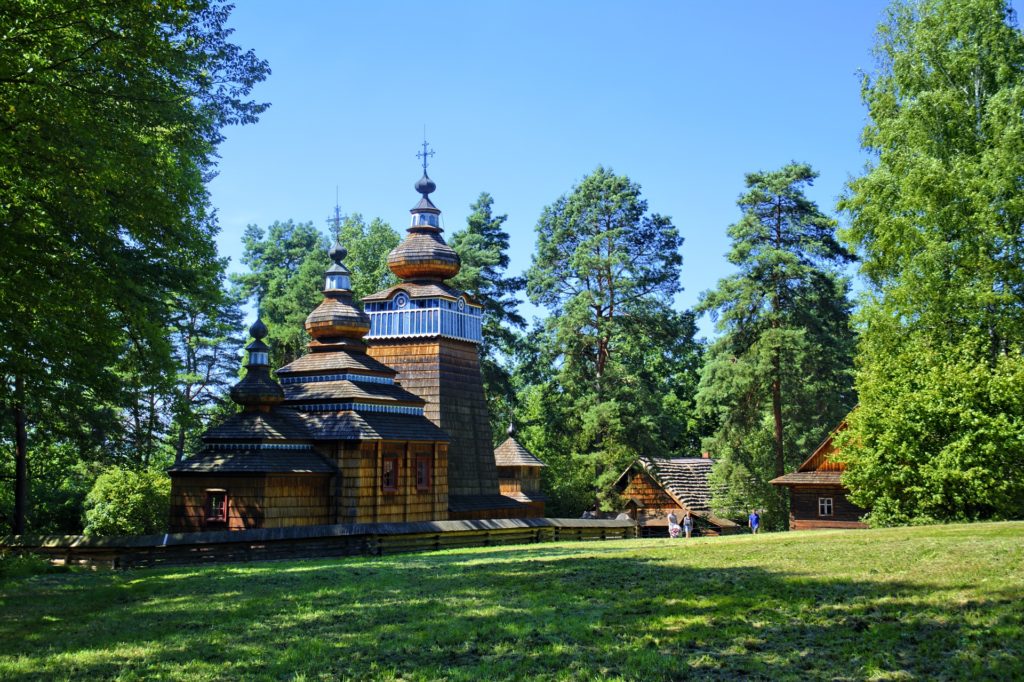KUROZWĘKI PALACE
The beautifully located Palace in Kurozwęki is one of the few monuments in Poland that allows you to trace successive changes in architectural styles: from a brick knight’s castle, through a fortified manor, to a baroque-classicist residence. The castle was built by the Kurozwęcki family, and then it passed into the hands of the Lanckoroński, Sołtyk and Popiel families. It is not only a hotel facility, but also a tourist attraction with a museum, where, together with a guide, you can look at the treasures and souvenirs of the Popiel family and the gallery of Józef Czapski’s paintings. The Palace in Kurozwęki also has many other attractions to offer, which you can use depending on your preferences : 1.5-hour Bison safari, visiting a horse farm or a ride for experienced riders, tasting at your local brewery or labyrinths and a playground for children. At the end of the day, eat out, order bison steaks and drinks from the local brewery for dinner.
Much more about this place CLICK HERE
CASTLE IN ŁAŃCUT
The castle in Łańcut is the largest aristocratic residence – the seat of the Lubomirski and Potocki families. The power of these families is evidenced by the well-arranged and equipped interiors as well as the momentum and modernity of this property, which in the 19th century was one of the few residences with fully electrified rooms, a water supply and sewage system, a carefully arranged park and a well-equipped coach house. It is a unique treasury of art and history, where, in addition to aesthetic sensations, while walking through long corridors, we will be able to experience the everyday life of high society when strolling through magnate bedrooms, offices and bathing rooms.
Much more about this place CLICK HERE
ORTHODOX CHURCH IN CHOTYNIEC
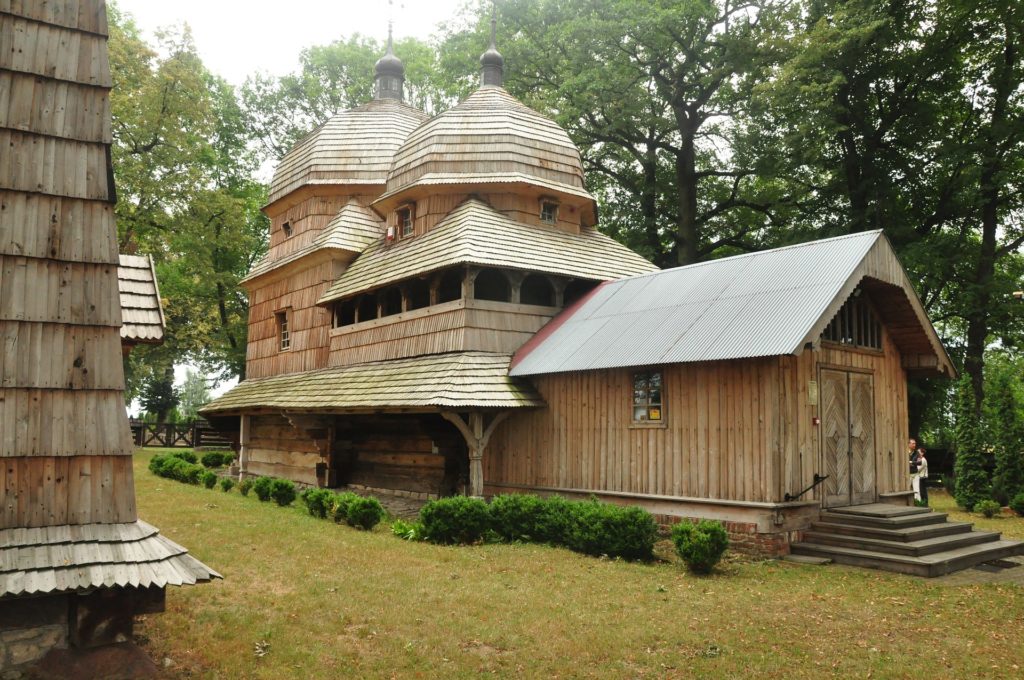
Wooden architecture is a special showcase of the region. The wooden architecture trail includes over 130 objects, including the Museum of Folk Architecture in Sanok, churches as well as Orthodox churches. The most famous of the Orthodox churches are located in Smolnik, Radróż and Chotyniec. The Orthodox Church in Chotyniec, which is one of the few wooden buildings in this region, is inscribed on the UNESCO World Heritage List, overwhelms everyone with its craftsmanship and attention to detail.
Much more about this place CLICK HERE
PRZEMYŚL
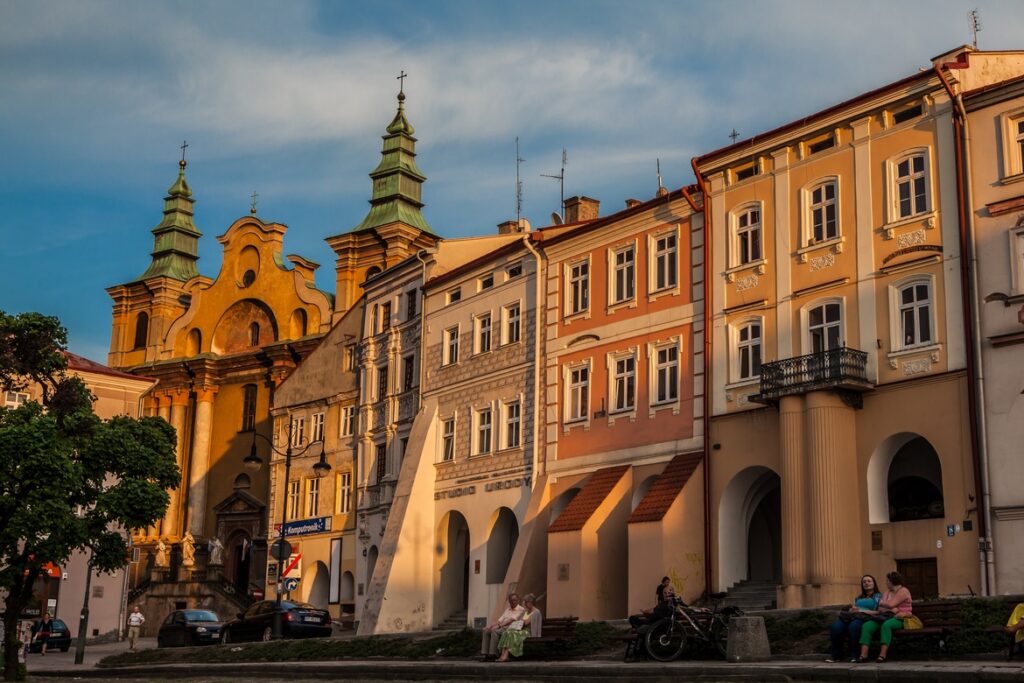
Przemysl, just like Rome is situated on seven hills, where for centuries Jewish, eastern and western cultures were mixed up in a melting pot, as evidenced by, for example, synagogues and churches that still exist today, or the diverse regional cuisine with Podkarpacie’s “Proziak”, ” fuczki “(cutlets of potatoes and sauerkraut), dumplings, venison or “rosolis” (liqueurs). The city has a beautifully situated and charming Old Town, with 16th and 17th century tenement houses and historic buildings attesting to the importance of this city in previous centuries. Przemysl is also an important bell foundry and pipe-making center to this day. From the beginning of the 19th century, the city was famous throughout Europe for the production of bells and pipes. Both can be admired in the Museum of Bells and Pipes or you can purchase them handmade and exquisitely crafted pipes in many local shops.
KRASICZYN CASTLE
This castle is considered the most beautiful monument of the Polish Renaissance. Its construction was started at the end of the 16th century by Stanisław Krasicki – the castellan of Przemyśl, and the works were completed by his descendants who transformed the strict defensive castle into a magnificent, grand residence. Built in the form of a quadrilateral, with four cylindrical towers, it delights with a rectangular, extensive courtyard surrounded on the north and east with residential wings and on the south and west with curtain walls finished with a beautiful openwork attic. Such a stunning external appearance only encourages to explore the equally interesting interiors. This castle is a masterpiece of Renaissance architecture that you simply must see!
Much more about this place CLICK HERE
SANOK
Sanok has at least two points worth visiting, the castle with an exhibition of works by one of the best contemporary artists, Zdzisław Beksiński, and the Ethnographic Park. In the Castle in Sanok there is a gallery of this artist’s works. In his artistic work, Beksiński practiced abstraction and fantasy, which at that time dominated world art, and in Poland it became the strongest reaction to socialist realism imposed in art. His works are expressive, avant-garde and have crowds of followers all over the world. The second place is the Museum of Folk Architecture, where monuments of rural and wooden architecture of Lemkos, Boykos, Pogórzans are collected, as well as the Galician Market Square, which has been transferred in its entirety! The open-air museum in Sanok is one of the largest open-air museums in Europe.
More about the Folk Architecture Museum in Sanok CLICK HERE
More about the Royal Castle in Sanok CLICK HERE
BÓBRKA
This town is famous primarily for the Museum of the oil and gas industry.of I. Łukasiewicz. There are several hiking routes to choose from. Following in the footsteps of Ignacy Łukasiewicz, you can learn about the history of the creation and operation of the world’s oldest crude oil mine and see the 19th century excavations that are still filled with crude oil. On the tourist route there is a lot of information about the creators of the oil industry as well as about the initial drilling techniques in search of crude oil. Multimedia and holograms are a real treat, which will allow you to better understand the beginnings of the “black gold” era. However, as a part of another route, there is a multimedia gas room and it is in its basement that you can learn about the methods of searching for, extracting and distributing “blue fuel” – natural gas.

Much more about this place CLICK HERE
KROSNO

In Krosno, we invite you to the Glass Heritage Center Museum. It is the first tourist and cultural facility in Poland that presents the subject of glass manufacturing and glass creativity in an interactive way. Here you can learn all the secrets of production and decorative techniques, take an active part in the production of glass, and admire the beauty of glass art and artists’ craftsmanship thanks to various temporary exhibitions. For those willing to buy souvenirs, there is a shop with both utility and artistic glass to purchase and take home.
Much more about this place CLICK HERE
CARPATHIAN WINE ROUTE
The Carpathian Wine Route was created to promote the culture of drinking local wines (enotourism), cultural tourism and tourism in the spirit of slow life. The history of winemaking in Podkarpacie dates back to the Middle Ages. The first vineyards were established here near monasteries, producing wine primarily for liturgical purposes. In modern times, the promoter of Polish winemaking is Mr. Roman Myśliwiec, owner of the first vineyard in Podkarpacie – Golesz vineyard. There are currently over 150 vineyards in Podkarpacie, from the smallest with the area of only a few ares to the large ones covering over several hectares. They offer both participation in the grape harvest, tasting various types of wines produced by them, learning the secrets of wine production as well as feasts and accommodation. In the Podkarpacie region, many varieties of white, red and rosé wines are grown. In the era of returning to eco and slow food products, testing regional wine, beverages and specialties becomes not only a tasty addition to the travel experience, but for some the very purpose of the trip itself. Nothing but to taste everything in the breathtaking surroundings of nature!
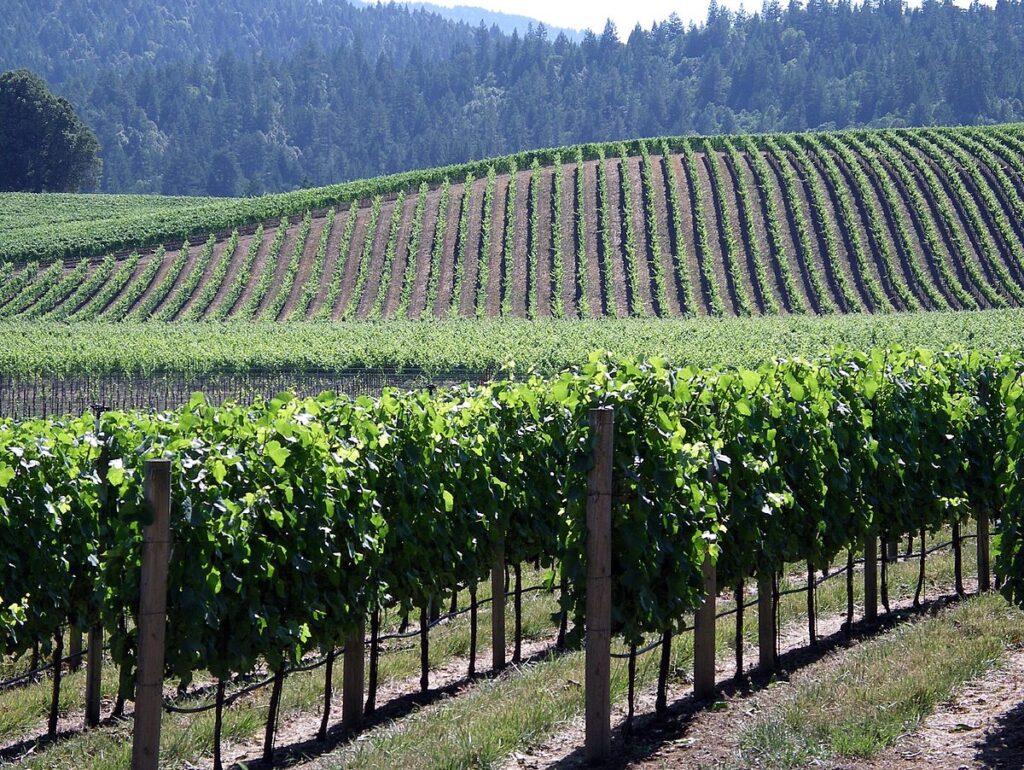
TOURIST OFFER
All the places described in the article are the Main Points of the Program in the organized trip offer, which is available at the link “Flavours and monuments of Podkarpacie with tasting of Carpathian wines”

